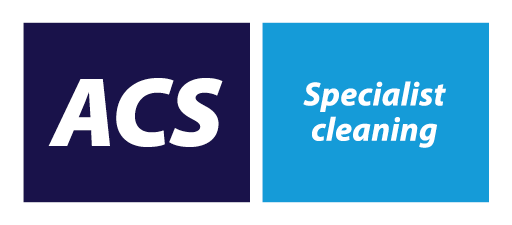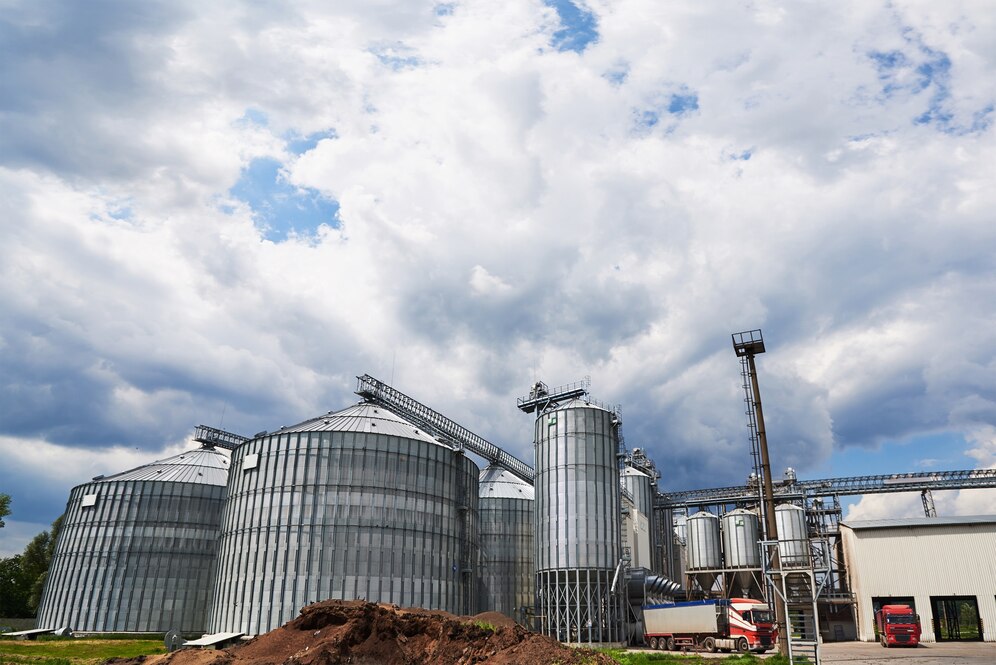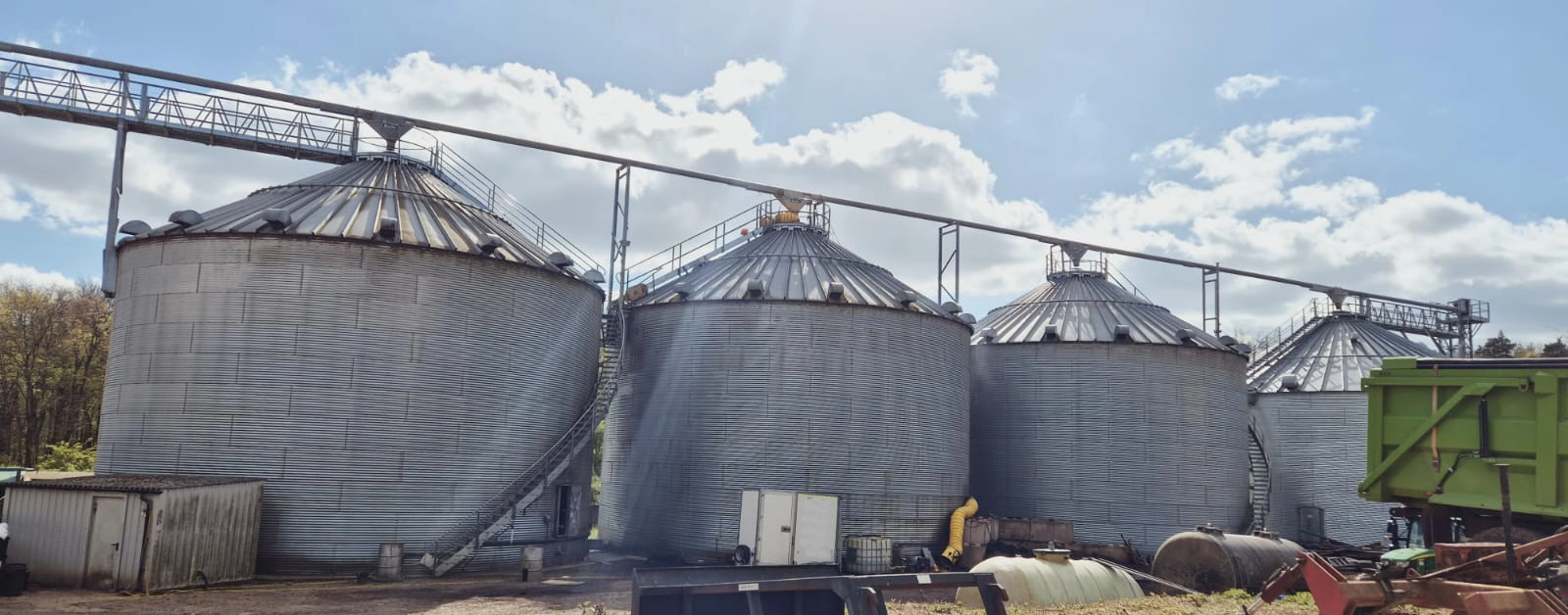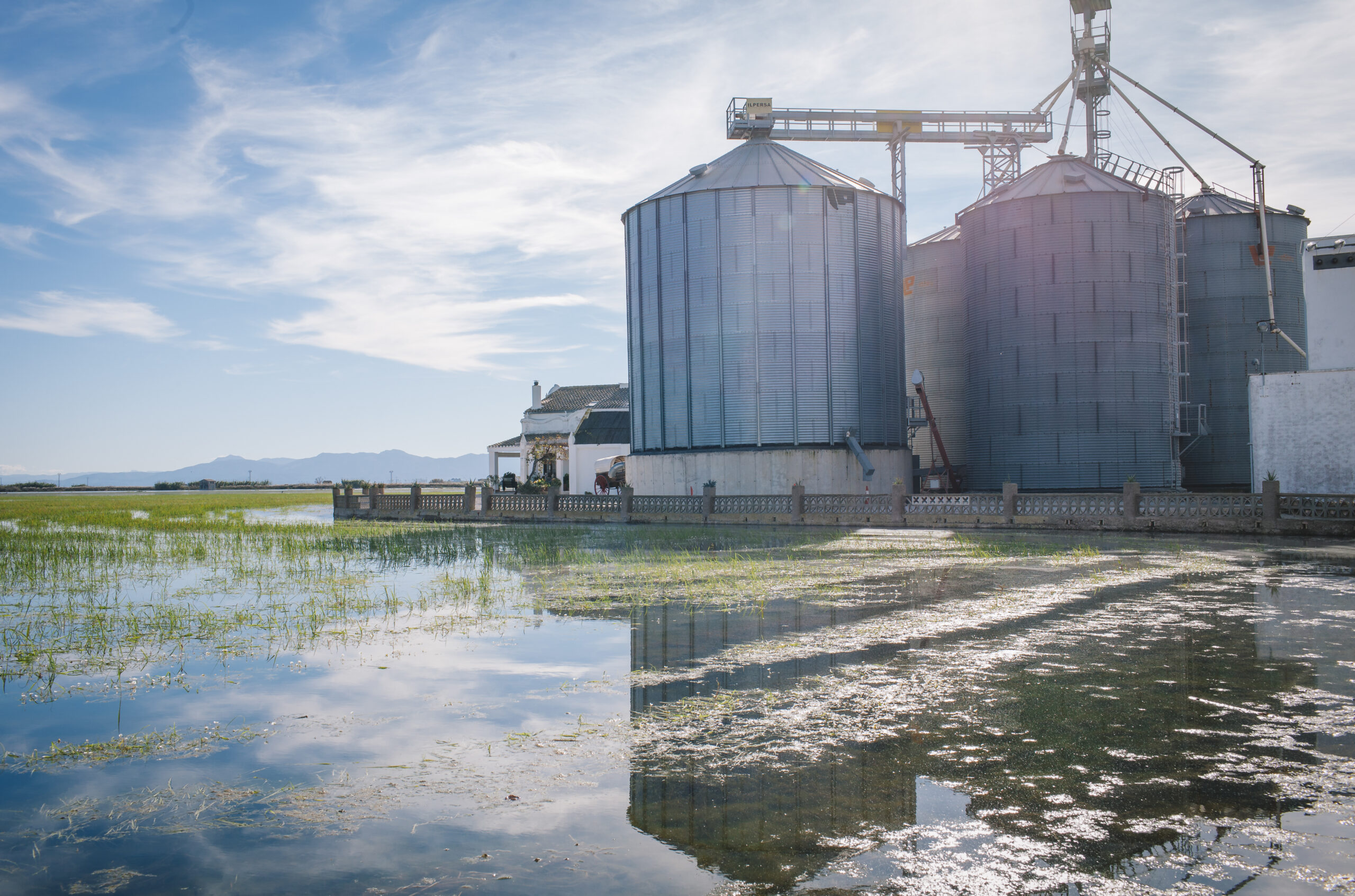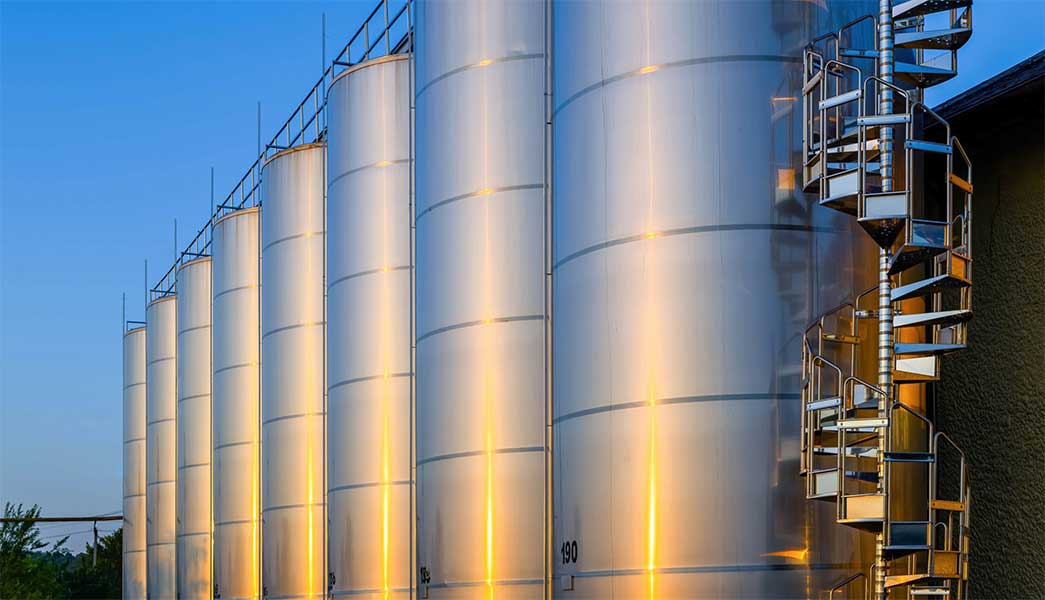Water damage restoration can be incredibly time consuming and costly. There are numerous variables that will determine the extent of damage to a building as a result of flooding.
Nevertheless, by employing a professional cleaning service like ACS Cleaning, the flood clean up process will be a lot less hassle.
What Do You Do After a Flood?
Following a flood, there is a lot to consider in order to restore your property, providing it can be. This is why initially, it’s best you execute your own assessment of the damage, to help you know what to do next.
From this, you may want to consider reaching out to your property insurance company who will assess the flood damage properly as you seek financial compensation.
Here are some tips on what to do before you contact your insurance company:
- Take photos and videos of the damage to your property prior to any clean up, as it’s likely you’ll need to begin the cleaning process before your insurance company has decided on how or if it will help you.
- Ensure all expenses related to the flood clean up are documented.
How Do You Clear a Flood?
When it comes to water damage restoration, there are likely to be various stages involved to restore the property to its former condition. Although we would strongly recommend that you enlist a professional flood clean up company, take a look at some of the key stages of a flood clean up.
1. Safety Matters
Before commencing the flood clean up, you should protect yourself from any potential hazards caused by the flood damage. Your property could have some structural damage and/or been flooded by sewage or other contaminated water.
To keep safe you should:
- Shut off the gas and electric
- Examine the building’s structure
- Wear appropriate clothing and safety gear
2. Remove Standing Water
As an initial part of the flood clean up, standing water must be removed from the property. pumps and pails can assist with this. Once the standing water is removed, you should then vacuum with a wet/dry vacuum cleaner.
3. Remove All Contaminated Materials
Depending on the level of damage caused by the flooding, you may need to remove carpet and other textiles from the property, including furniture. Ensure the removal of contaminated materials is discarded in line with any waste removal regulations in your area.
4. Eradicate All Mud and Silt
A vital element of the flood clean up process is the removal of mud and silt from the property before it dries. To do this you can use a shovel and water hose too if needs be.
5. Clean and Dry Walls
After flooding, walls must dry from the inside out. In some instances, solid wood trim and wall finishes can be salvaged with thorough cleaning, disinfection and refinishing.
6. Scrub Flooring and Woodwork
Initially, it’s vital you use a stiff brush within a 48 hour period of the flood to prevent mildew. Once the floor has had a basic clean, you must then disinfect the floor and then leave to dry out.
7. Dry Surfaces
To minimise the drying time following a flood clean up, you can try a continuous air circulation over the wet surfaces, alongside turning on the heating system in the property if it is safe to do so. Dehumidifiers can also assist with the drying process. It’s important to note that drying times will vary depending on the types of material that are water damaged.
Water Damage Restoration from ACS Cleaning
If your commercial property has suffered water damage from a flood and requires a flood clean up, look no further than the experts at ACS Cleaning.
The ACS Cleaning boasts extensive years of experience dealing with flood clean ups, especially on a large scale and can deploy specialists to your commercial property to commence the flood clean up process.
For further information, please contact a member of our team online or alternatively, you can call us on 01254 693131.
